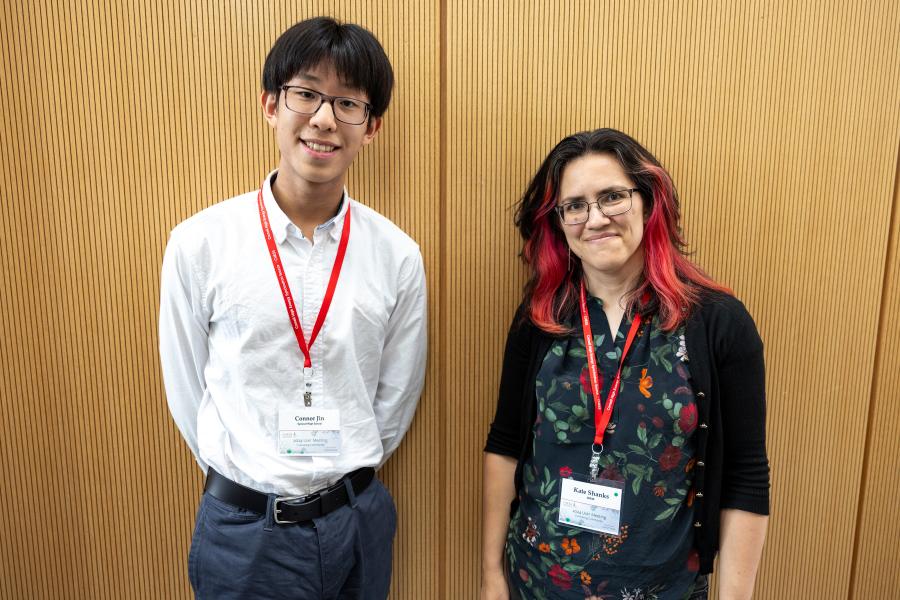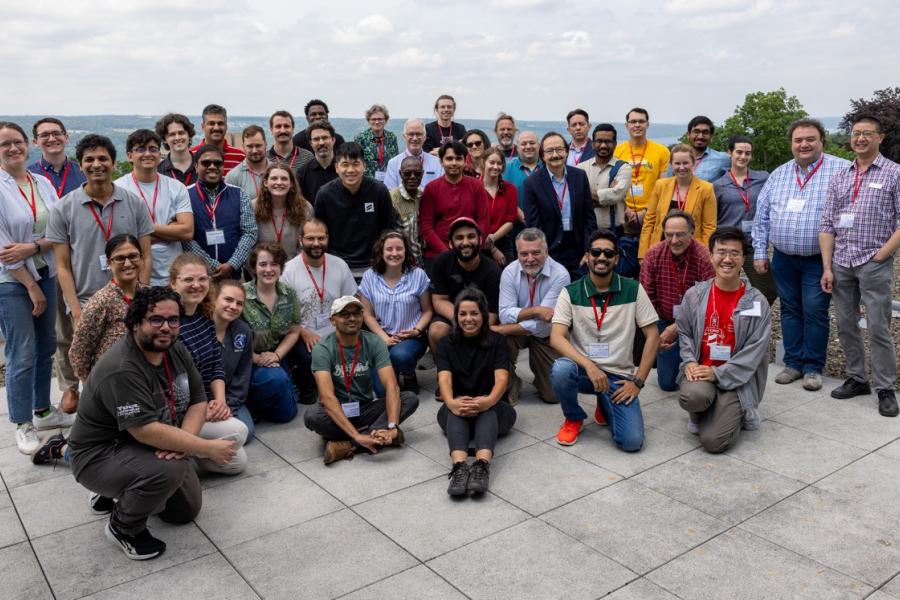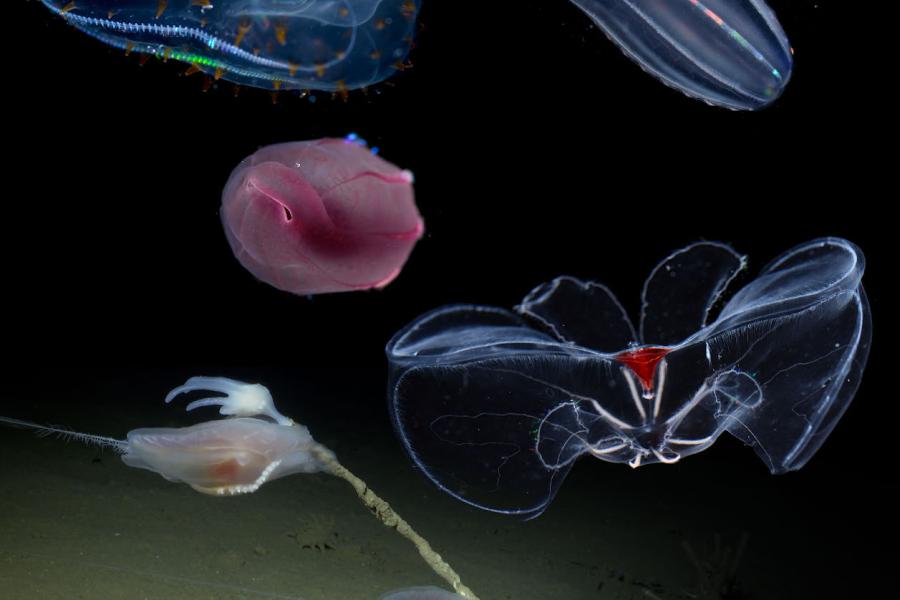Sidebar Menu (View Pages)
- Status
- ⌃ Science
- ⌃ Users
- ⌃ Facilities
- ⌃ Public
- Industry
- ⌃ About
Tags
Featured
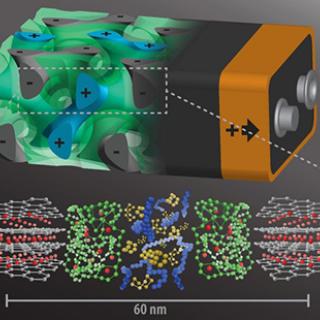
Self-assembling 3D battery would charge in seconds
The world is a big place, but it’s gotten smaller with the advent of technologies that put people from across the globe in the palm of one’s hand. And as the world has shrunk, it has also demanded that things happen ever faster – including the time it takes to charge an electronic device.
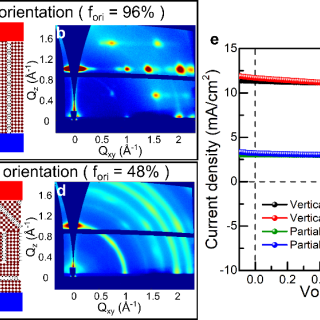
Origin of Vertical Orientation in Two-Dimensional Metal Halide Perovskites and its Effect on Photovoltaic Performance
Metal Halide Perovskites (MHPs) are poised to revolutionize the field of optoelectronic materials with their phenomenal performance in solar cells, light emitting diodes (LEDs), photodetectors and lasers.
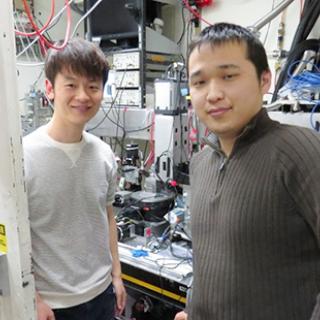
Visualization of sulfur cathodes in Li-S batteries
With the dramatic increase of energy applications, the development of novel high performance energy storage systems with energy densities surpassing those of state-of-the-art lithium ion batteries (“beyond lithium” ion batteries) has become more urgent.

Materials scientist Jin Suntivich to study fuel cells differently
At the heart of every fuel cell is a catalyst that controls how the cell converts fuel into energy. The better the catalyst, the more efficient, powerful and cost-effective the fuel cell.
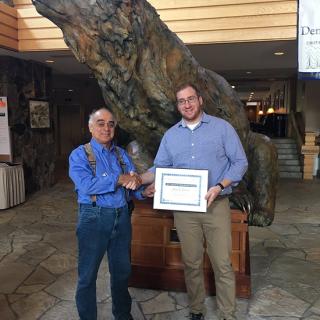
CHESS's own Howie Joress wins Jerome B. Cohen award
CHESS proudly congratulates Howie Joress on his win of the 2017 Denver X-ray Conference (DXC) Jerome B. Cohen award for outstanding achievements in student research in x-ray analysis.

CHESS facility helps scale up solar cells
Scientists and engineers are constantly working to improve the performance of solar cells. Rather than changing their formulas by trial and error, they would like to understand the chemistry that happens as their recipes cook.
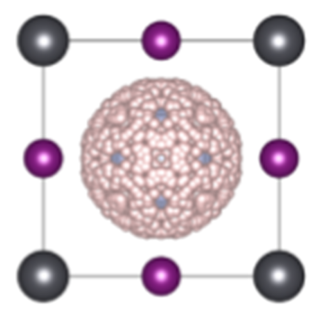
Improving HOIP solar cells by controlling structural instabilities
Hybrid organic-inorganic perovskites (HOIPs) have become the most promising next generation solar cell material due to inexpensive processing and high efficiency.
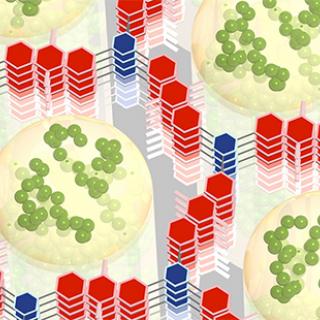
Best of both worlds: Team proposes novel energy storage model
A Cornell-led research team has developed a way of combining the large energy-storage capacity of batteries with the superior charge-discharge rate of supercapacitors to come up with a powerful new electrical energy storage (EES) device.



